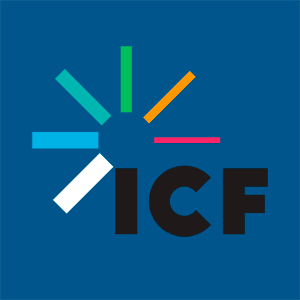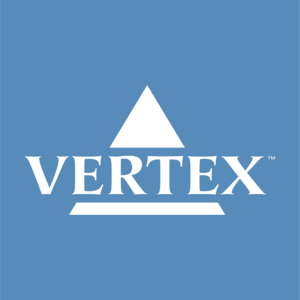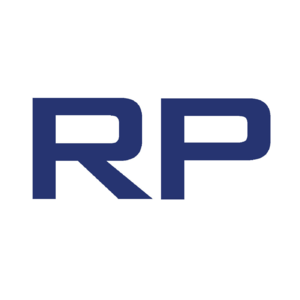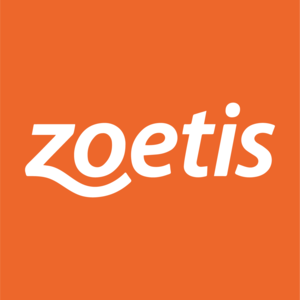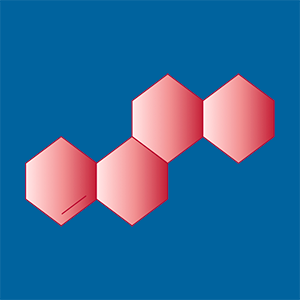
Collegium Pharmaceutical (COLL)
We’re not sold on Collegium Pharmaceutical. Its poor sales growth and falling returns on capital suggest its growth opportunities are shrinking.― StockStory Analyst Team
1. News
2. Summary
Why Collegium Pharmaceutical Is Not Exciting
Pioneering abuse-deterrent technology in a field plagued by addiction concerns, Collegium Pharmaceutical (NASDAQ:COLL) develops and markets specialty medications for treating moderate to severe pain, including abuse-deterrent opioid formulations.
- Smaller revenue base of $757.1 million means it hasn’t achieved the economies of scale that some industry juggernauts enjoy
- A consolation is that its excellent adjusted operating margin highlights the strength of its business model


Collegium Pharmaceutical’s quality doesn’t meet our hurdle. We’ve identified better opportunities elsewhere.
Why There Are Better Opportunities Than Collegium Pharmaceutical
High Quality
Investable
Underperform
Why There Are Better Opportunities Than Collegium Pharmaceutical
Collegium Pharmaceutical’s stock price of $48.25 implies a valuation ratio of 6.3x forward P/E. Collegium Pharmaceutical’s valuation may seem like a bargain, but we think there are valid reasons why it’s so cheap.
We’d rather pay up for companies with elite fundamentals than get a bargain on weak ones. Cheap stocks can be value traps, and as their performance deteriorates, they will stay cheap or get even cheaper.
3. Collegium Pharmaceutical (COLL) Research Report: Q3 CY2025 Update
Pharmaceutical company Collegium Pharmaceutical (NASDAQ:COLL) announced better-than-expected revenue in Q3 CY2025, with sales up 31.4% year on year to $209.4 million. The company’s full-year revenue guidance of $780 million at the midpoint came in 3.8% above analysts’ estimates. Its non-GAAP profit of $2.25 per share was 21% above analysts’ consensus estimates.
Collegium Pharmaceutical (COLL) Q3 CY2025 Highlights:
- Revenue: $209.4 million vs analyst estimates of $189.1 million (31.4% year-on-year growth, 10.7% beat)
- Adjusted EPS: $2.25 vs analyst estimates of $1.86 (21% beat)
- Adjusted EBITDA: $133 million vs analyst estimates of $118.2 million (63.5% margin, 12.5% beat)
- The company lifted its revenue guidance for the full year to $780 million at the midpoint from $752.5 million, a 3.7% increase
- EBITDA guidance for the full year is $465 million at the midpoint, above analyst estimates of $442.6 million
- Operating Margin: 29.7%, up from 21.9% in the same quarter last year
- Market Capitalization: $1.13 billion
Company Overview
Pioneering abuse-deterrent technology in a field plagued by addiction concerns, Collegium Pharmaceutical (NASDAQ:COLL) develops and markets specialty medications for treating moderate to severe pain, including abuse-deterrent opioid formulations.
Collegium's portfolio includes several pain management products with distinct properties. Its flagship product, Xtampza ER, uses the company's proprietary DETERx technology platform to create an extended-release oxycodone formulation designed to maintain its properties even when physically manipulated, addressing a key vulnerability of traditional opioid medications. The technology embeds oxycodone in wax-based microspheres that resist crushing, chewing, and other common methods of abuse.
The company also markets the Nucynta product line (tapentadol in extended and immediate-release formulations), Belbuca (a buccal film containing buprenorphine), and Symproic (for opioid-induced constipation). These medications serve patients with severe persistent pain requiring daily opioid treatment for whom alternative treatments have proven inadequate.
Physicians prescribe Collegium's products to patients suffering from conditions causing significant, ongoing pain that impacts daily functioning. For example, a patient with diabetic peripheral neuropathy might use Nucynta ER to manage the persistent burning pain in their feet that hasn't responded to non-opioid treatments.
Collegium generates revenue by selling its products to pharmaceutical wholesalers who distribute them to pharmacies, hospitals, and other healthcare facilities. The company employs a specialized sales force targeting healthcare professionals who frequently prescribe extended-release opioids.
The company operates in a highly regulated environment, with most of its products classified as controlled substances under the Controlled Substances Act. Xtampza ER and Nucynta are Schedule II substances (high potential for abuse), while Belbuca is Schedule III (moderate to low potential for abuse).
4. Branded Pharmaceuticals
Looking ahead, the branded pharmaceutical industry is positioned for tailwinds from advancements in precision medicine, increasing adoption of AI to enhance drug development efficiency, and growing global demand for treatments addressing chronic and rare diseases. However, headwinds include heightened regulatory scrutiny, pricing pressures from governments and insurers, and the looming patent cliffs for key blockbuster drugs. Patent cliffs bring about competition from generics, forcing branded pharmaceutical companies back to the drawing board to find the next big thing.
Collegium Pharmaceutical's competitors include Purdue Pharma (maker of OxyContin), Teva Pharmaceutical Industries (NYSE:TEVA), Endo International (OTC:ENDPQ), and other pharmaceutical companies that manufacture pain medications, particularly those with abuse-deterrent formulations.
5. Revenue Scale
Larger companies benefit from economies of scale, where fixed costs like infrastructure, technology, and administration are spread over a higher volume of goods or services, reducing the cost per unit. Scale can also lead to bargaining power with suppliers, greater brand recognition, and more investment firepower. A virtuous cycle can ensue if a scaled company plays its cards right.
With just $757.1 million in revenue over the past 12 months, Collegium Pharmaceutical is a small company in an industry where scale matters. This makes it difficult to build trust with customers because healthcare is heavily regulated, complex, and resource-intensive.
6. Revenue Growth
A company’s long-term performance is an indicator of its overall quality. Any business can have short-term success, but a top-tier one grows for years. Luckily, Collegium Pharmaceutical’s sales grew at an impressive 19.7% compounded annual growth rate over the last five years. Its growth beat the average healthcare company and shows its offerings resonate with customers.
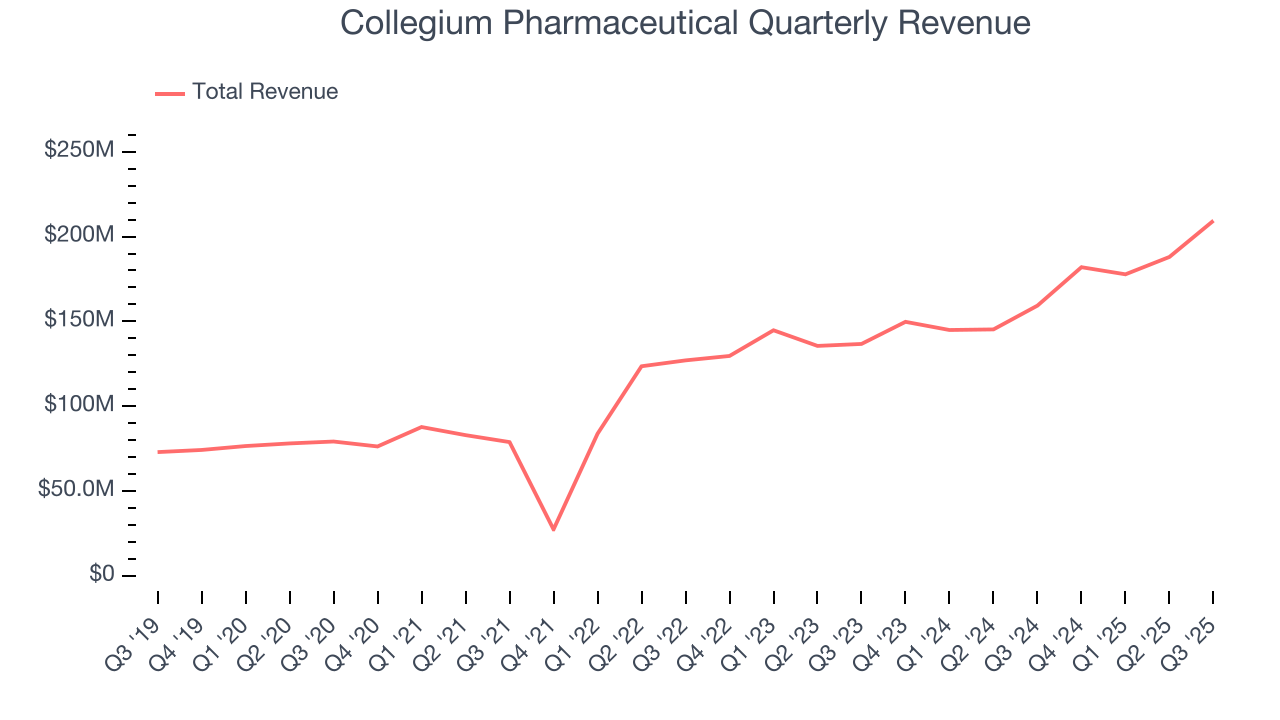
We at StockStory place the most emphasis on long-term growth, but within healthcare, a half-decade historical view may miss recent innovations or disruptive industry trends. Collegium Pharmaceutical’s annualized revenue growth of 17.7% over the last two years is below its five-year trend, but we still think the results suggest healthy demand. 
This quarter, Collegium Pharmaceutical reported wonderful year-on-year revenue growth of 31.4%, and its $209.4 million of revenue exceeded Wall Street’s estimates by 10.7%.
Looking ahead, sell-side analysts expect revenue to remain flat over the next 12 months, a deceleration versus the last two years. This projection doesn't excite us and implies its products and services will face some demand challenges.
7. Operating Margin
Collegium Pharmaceutical’s operating margin might fluctuated slightly over the last 12 months but has generally stayed the same, averaging 20.1% over the last five years. This profitability was top-notch for a healthcare business, showing it’s an well-run company with an efficient cost structure.
Analyzing the trend in its profitability, Collegium Pharmaceutical’s operating margin might fluctuated slightly but has generally stayed the same over the last five years. This raises questions about the company’s expense base because its revenue growth should have given it leverage on its fixed costs, resulting in better economies of scale and profitability.
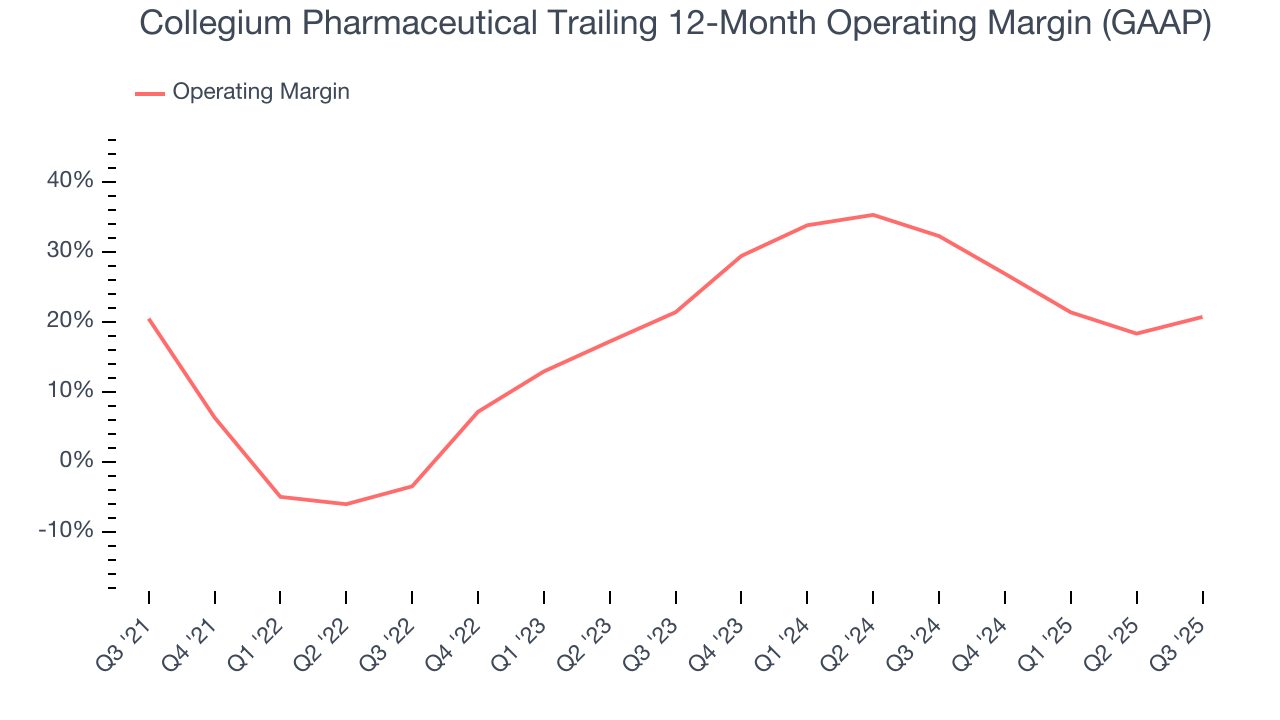
This quarter, Collegium Pharmaceutical generated an operating margin profit margin of 29.7%, up 7.8 percentage points year on year. This increase was a welcome development and shows it was more efficient.
8. Earnings Per Share
Revenue trends explain a company’s historical growth, but the long-term change in earnings per share (EPS) points to the profitability of that growth – for example, a company could inflate its sales through excessive spending on advertising and promotions.
Collegium Pharmaceutical’s astounding 18.6% annual EPS growth over the last five years aligns with its revenue performance. This tells us its incremental sales were profitable.
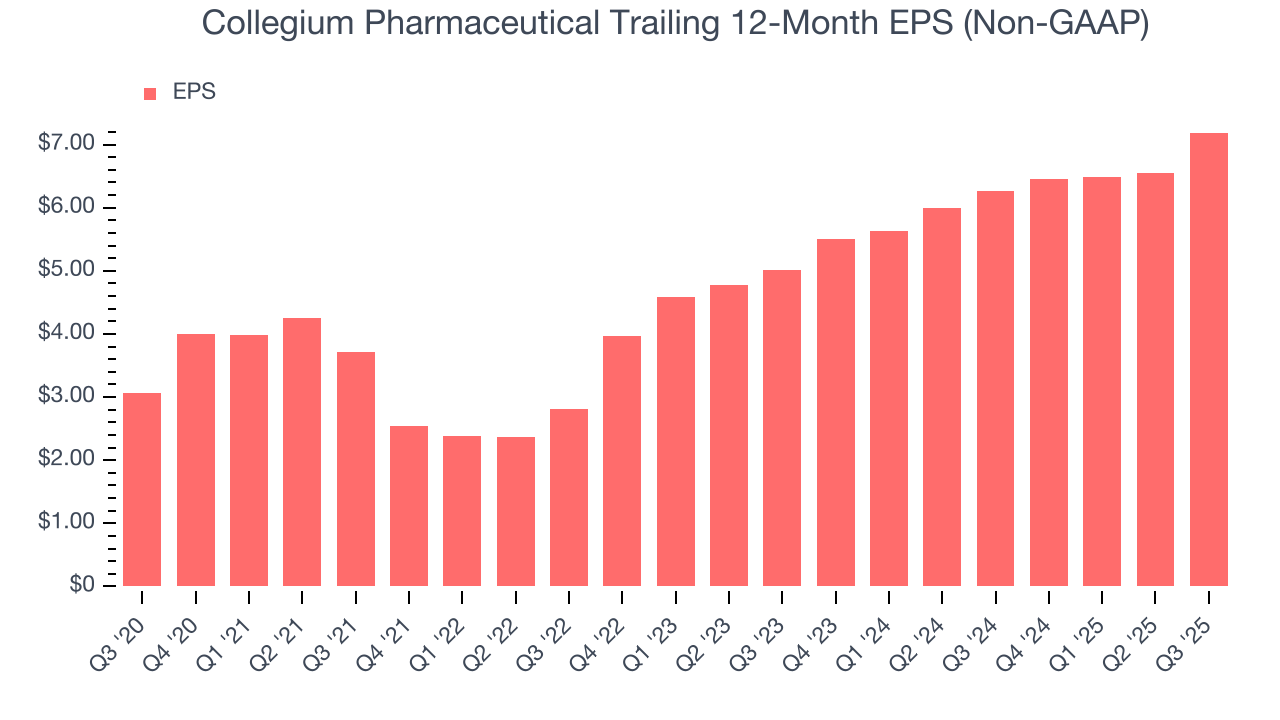
In Q3, Collegium Pharmaceutical reported adjusted EPS of $2.25, up from $1.61 in the same quarter last year. This print easily cleared analysts’ estimates, and shareholders should be content with the results. Over the next 12 months, Wall Street expects Collegium Pharmaceutical’s full-year EPS of $7.19 to shrink by 1.7%.
9. Cash Is King
If you’ve followed StockStory for a while, you know we emphasize free cash flow. Why, you ask? We believe that in the end, cash is king, and you can’t use accounting profits to pay the bills.
Collegium Pharmaceutical has shown terrific cash profitability, enabling it to reinvest, return capital to investors, and stay ahead of the competition while maintaining an ample cushion. The company’s free cash flow margin was among the best in the healthcare sector, averaging an eye-popping 35.7% over the last five years.
Taking a step back, we can see that Collegium Pharmaceutical’s margin expanded by 10.2 percentage points during that time. This is encouraging, and we can see it became a less capital-intensive business because its free cash flow profitability rose while its operating profitability was flat.
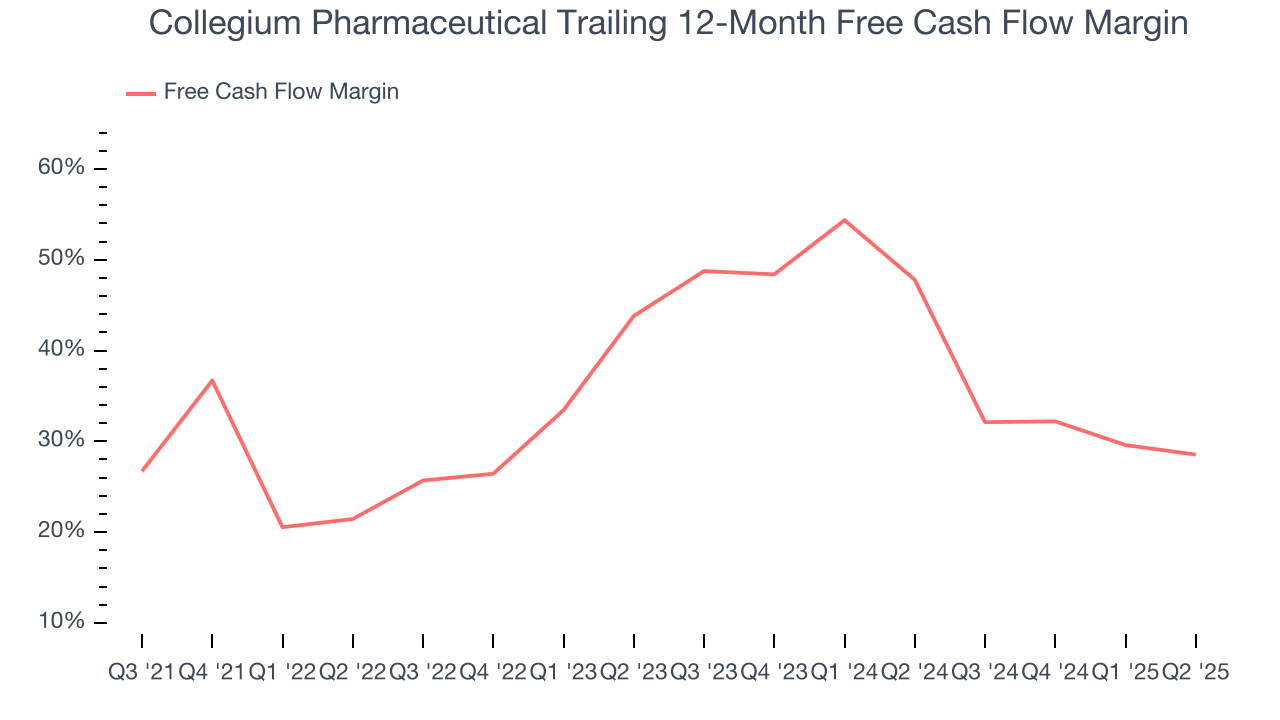
10. Return on Invested Capital (ROIC)
EPS and free cash flow tell us whether a company was profitable while growing its revenue. But was it capital-efficient? A company’s ROIC explains this by showing how much operating profit it makes compared to the money it has raised (debt and equity).
Although Collegium Pharmaceutical hasn’t been the highest-quality company lately, it historically found a few growth initiatives that worked out well. Its five-year average ROIC was 14.7%, impressive for a healthcare business.

We like to invest in businesses with high returns, but the trend in a company’s ROIC is what often surprises the market and moves the stock price. Over the last few years, Collegium Pharmaceutical’s ROIC has unfortunately decreased significantly. We like what management has done in the past, but its declining returns are perhaps a symptom of fewer profitable growth opportunities.
11. Balance Sheet Assessment
Collegium Pharmaceutical reported $306.8 million of cash and $814 million of debt on its balance sheet in the most recent quarter. As investors in high-quality companies, we primarily focus on two things: 1) that a company’s debt level isn’t too high and 2) that its interest payments are not excessively burdening the business.
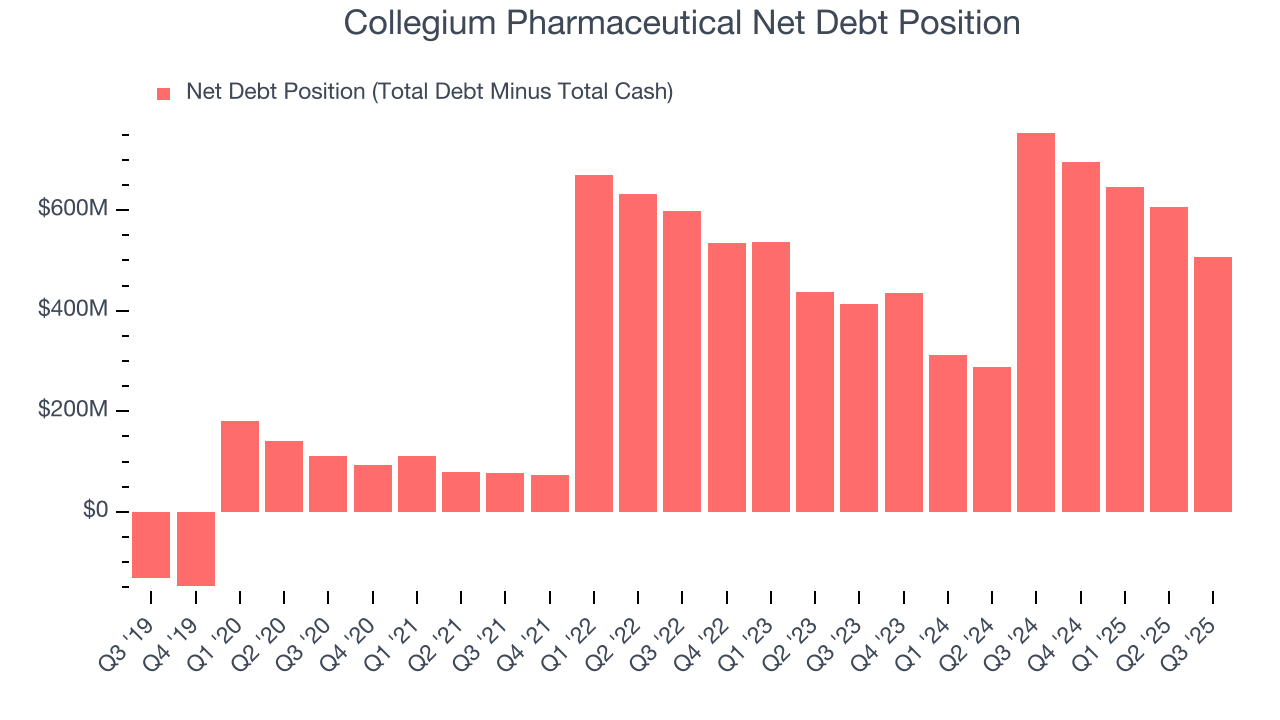
With $440.9 million of EBITDA over the last 12 months, we view Collegium Pharmaceutical’s 1.2× net-debt-to-EBITDA ratio as safe. We also see its $38.84 million of annual interest expenses as appropriate. The company’s profits give it plenty of breathing room, allowing it to continue investing in growth initiatives.
12. Key Takeaways from Collegium Pharmaceutical’s Q3 Results
We were impressed by how significantly Collegium Pharmaceutical blew past analysts’ revenue expectations this quarter. We were also glad its full-year revenue guidance trumped Wall Street’s estimates. Zooming out, we think this quarter featured some important positives. The stock traded up 12.1% to $40.17 immediately after reporting.
13. Is Now The Time To Buy Collegium Pharmaceutical?
Updated: December 3, 2025 at 11:15 PM EST
Before deciding whether to buy Collegium Pharmaceutical or pass, we urge investors to consider business quality, valuation, and the latest quarterly results.
Collegium Pharmaceutical has some positive attributes, but it isn’t one of our picks. First off, its revenue growth was impressive over the last five years. And while Collegium Pharmaceutical’s subscale operations give it fewer distribution channels than its larger rivals, its powerful free cash flow generation enables it to stay ahead of the competition through consistent reinvestment of profits.
Collegium Pharmaceutical’s P/E ratio based on the next 12 months is 6.3x. While this valuation is reasonable, we don’t really see a big opportunity at the moment. We're fairly confident there are better stocks to buy right now.
Wall Street analysts have a consensus one-year price target of $46.80 on the company (compared to the current share price of $48.25).


